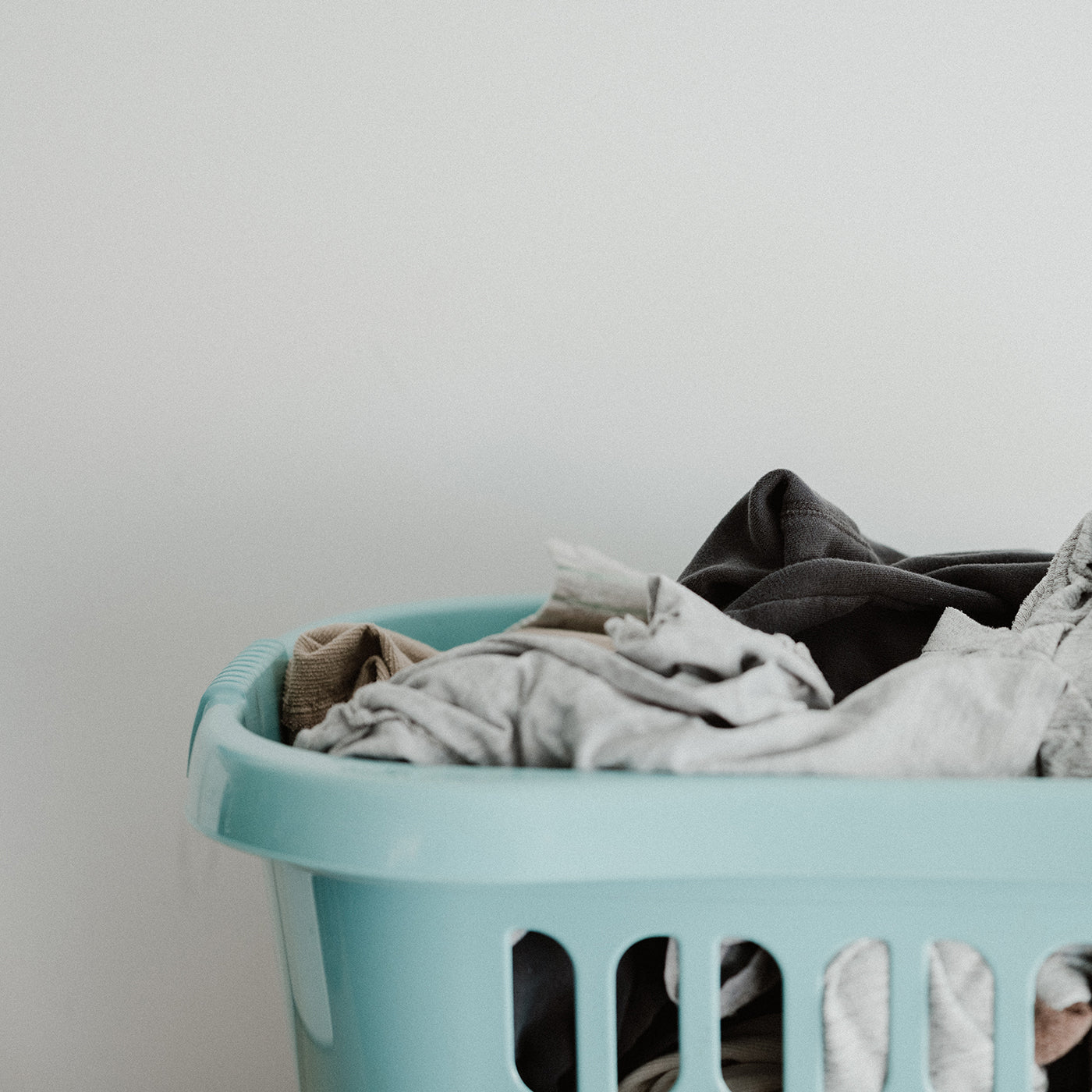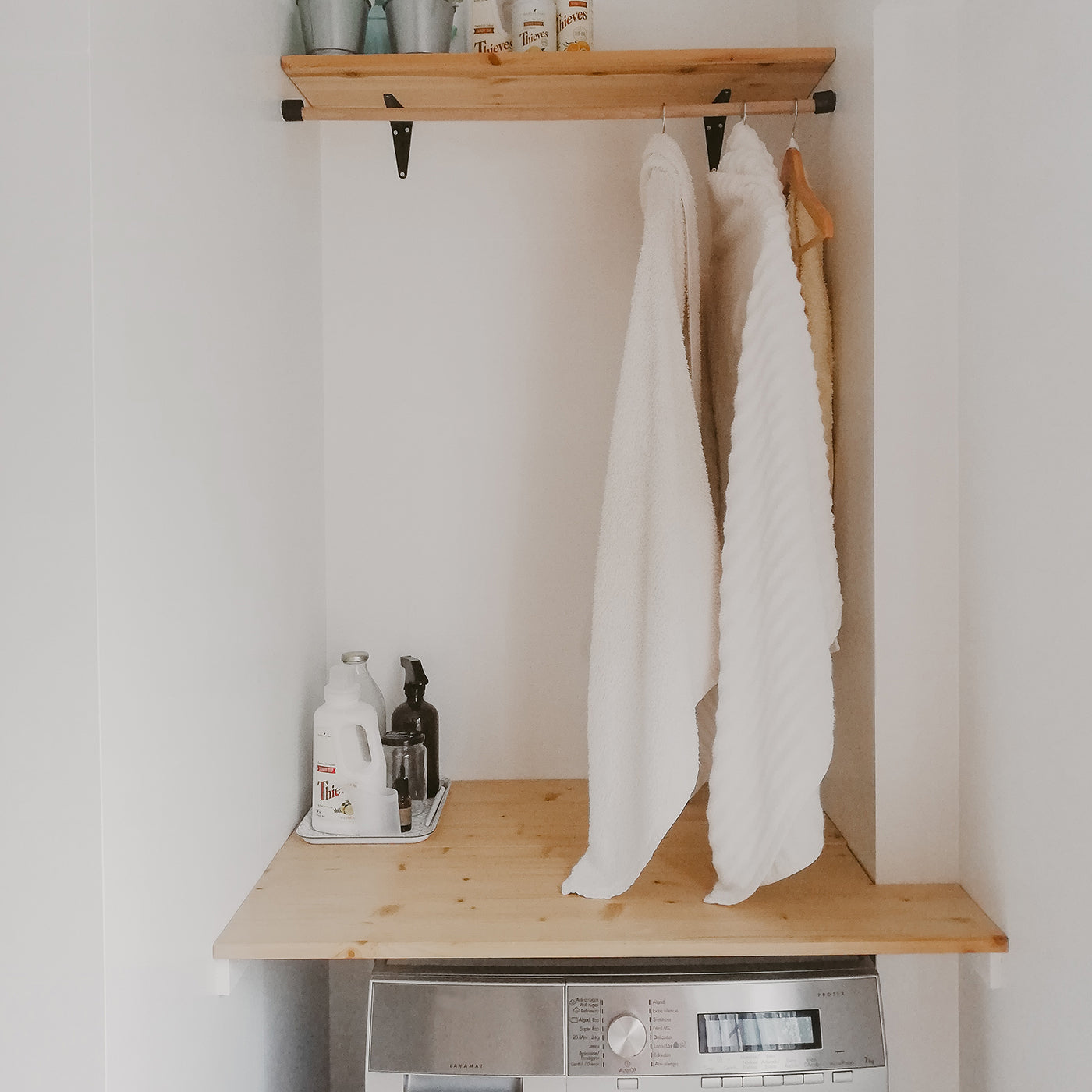
Separate Clothes
One of the small things that really help before putting your clothes into the machine is separating them into compatible loads.
Check out the little labels on the clothes that will tell you how they are supposed to be washed and separate out your whites from your coloured clothing. Colours can run and dull your whites, and different materials often need different care so separating your laundry is key to maintain the quality of your clothes.
If you’re having trouble figuring out the tags, refer to our guide on washing care symbols.

Laundry Time
The next step is to load up your laundry. Stick to the maximum capacity of your washing machine – you might be able to fit more in, but your clothes won’t be washed properly and you run the risk of ripping the fabric.
Many washing machines will automatically measure your load and adjust the water level as required. In fact, many sellers will also provide a decent demonstration of all the features of the washing machine, which should be easy to find online.
You might be being charged smart ‘time-of-use tariffs’, which just means you could save money by using electricity at different times. If this is the case, you might want to avoid peak times when putting on a load of laundry.
Add Your Detergent
Since you’ve already checked the labels on the clothing, you know whether you need any special detergent, otherwise you can use a standard one. Bio detergents will help to break down stains faster and work at lower temperatures, but non-bio detergents are better for sensitive skin and are often preferred for delicate fabrics. Most detergents are suitable for cold washes, but you might want to make sure by checking the packaging.
You might have to fill the pull-out tray which will have space for detergent and fabric conditioner. The larger space would be for detergent (usually marked with a II), fill it according to the instructions on your detergent but don’t go over the max line. For some detergents, the packaging will recommend adding it directly with the clothes.
Then, you may add fabric conditioner to the other tray if you like (usually marked with a flower), and you’re ready to go. Some machines may also have space for pre-wash liquid (marked with a I), which is used with a pre-wash cycle for only very heavily stained items.
Set The Wash Settings
If you’ve checked the label thoroughly you should already have an idea about what temperature you should wash at, but all the options can be confusing.
The wash type is usually the largest dial and is how you pick the wash that’s right for the materials in the load, such as synthetics, wool, cotton, and so on. You will also usually have the option to choose a wash for colours or whites. You might also be able to choose the temperature and the dial for this will range from about 90°C, to a gentle 30°C.
Usually, unless your clothes are heavily stained, you can choose a cold setting if you’re using a good detergent. Most of your laundry will be fine being washed at 30°C (often the lowest temperature on the dial), which we recommend. Warmer washes (above 40°C) will use more energy but also can cause fading, shrinking and damage to your clothes.
Many machines will also offer you the option for ‘quick’ cycles, for loads that do not require extensive washing. You can also conduct a prewash for loads that are very heavily stained and a gentle cycle for your delicates.

You're Done
Start up the washing machine and relax. The machine will let you know when it’s done but it might take a minute to drain water once the wash cycle is finished.
When it comes to drying your clothes, we recommend air-drying. In warmer months, hang your clothes outside but when it’s colder, the warmth of your house should be enough to hang clothes inside to dry.
Try to avoid tumble drying because it uses a lot of energy, meaning more greenhouse gas emissions, contributing to climate change. You can avoid creases by hanging your clothes out carefully or hanging them in the bathroom when you have a hot shower.
If you are going to use your dryer, take care not to choose a cycle that’s too long or hot as your clothes may shrink. The care labels on your clothes and the dryer manual will usually help you here.
Do you have other laundry-related questions?
Consult our guide to Wear, Care & Repair or get in touch with our team for further assistance.
